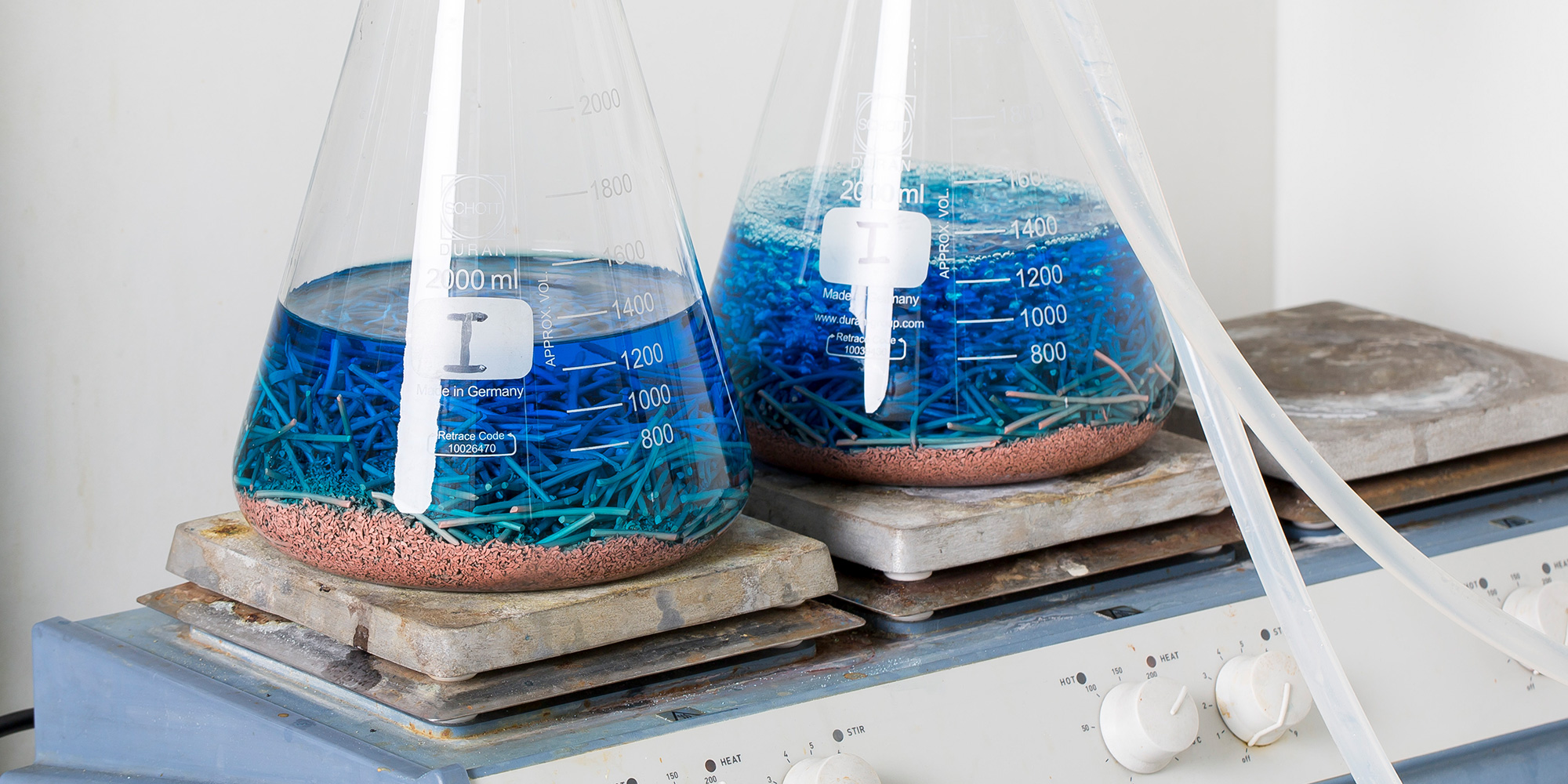Soil Corrosion Resistivity Test
The Soil Corrosion Resistivity Test is a critical procedure in the Oil & Gas sector, designed to assess the corrosive nature of soil environments on metallic structures. This test ensures that pipelines and other infrastructure are protected from degradation, thereby extending their operational life and enhancing safety.
Understanding soil resistivity is essential for predicting how corrosive it will be towards metals used in oil & gas applications. Soil resistivity can vary greatly depending on the location and composition of the soil. Factors such as moisture content, pH levels, temperature, and mineral content all contribute to the overall corrosiveness of the environment.
The test involves measuring the resistance between two electrodes placed at a specified distance in the soil. The resistivity value obtained provides insights into the suitability of different soils for supporting metallic structures without significant risk of corrosion. This data is crucial for selecting appropriate protective coatings and cathodic protection systems to mitigate corrosion risks.
The process typically follows ISO standards, ensuring consistency across various testing environments. Proper specimen preparation includes cleaning the surface of the electrodes and ensuring they are free from any contaminants that could interfere with accurate measurements.
Instrumentation used in this test often comprises a resistivity meter capable of high precision readings over wide ranges. The setup may also include data logging capabilities to record environmental conditions simultaneously, which helps correlate soil properties directly influencing corrosion rates.
Scope and Methodology
| Parameter | Description |
|---|---|
| Electrode Spacing | The distance between the two electrodes used for measuring soil resistivity. Typically, this spacing is standardized based on the depth of the structure being tested. |
| Measurement Depth | The depth at which the electrodes are inserted into the soil to ensure that the measurement reflects the actual conditions affecting the structures buried within it. |
| Data Recording | Incorporating data logging devices to capture real-time environmental parameters like temperature and humidity, providing a comprehensive view of how these factors impact soil resistivity. |
The methodology begins with the installation of electrodes into the ground at specified intervals. A voltage is then applied between them, and the resulting current flow is measured to calculate resistance. This value is converted into resistivity using specific formulas derived from established standards.
Industry Applications
- Pipeline Integrity Assessment: Ensures that buried pipelines are adequately protected against corrosive soil environments.
- Cathodic Protection System Design: Helps in determining the optimal placement and design of cathodes to prevent corrosion effectively.
- Structural Life Prediction: Provides insights into expected lifespan by assessing current soil conditions impacting structural integrity.
| Application | Benefits |
|---|---|
| Pipeline Integrity Assessment | Avoids costly repairs and replacements by identifying early signs of corrosion. |
| Cathodic Protection System Design | Maximizes protection efficiency while minimizing costs associated with over-protection measures. |
| Structural Life Prediction | Supports strategic planning for maintenance and replacement schedules, optimizing resource allocation. |
Why Choose This Test
The Soil Corrosion Resistivity Test offers several advantages over other methods for evaluating soil corrosiveness. By providing precise measurements of resistivity, it allows engineers and quality managers to make informed decisions regarding protective measures.
This test is particularly advantageous because it can be conducted in situ without disturbing the surrounding environment significantly. This non-invasive approach ensures that the results accurately reflect real-world conditions, making them highly reliable for long-term planning purposes.
Moreover, compliance with international standards like ISO and ASTM guarantees consistency across different testing sites globally. This uniformity is vital for multinational companies operating in diverse geographic regions where local soil types vary substantially.





